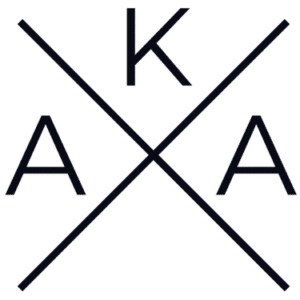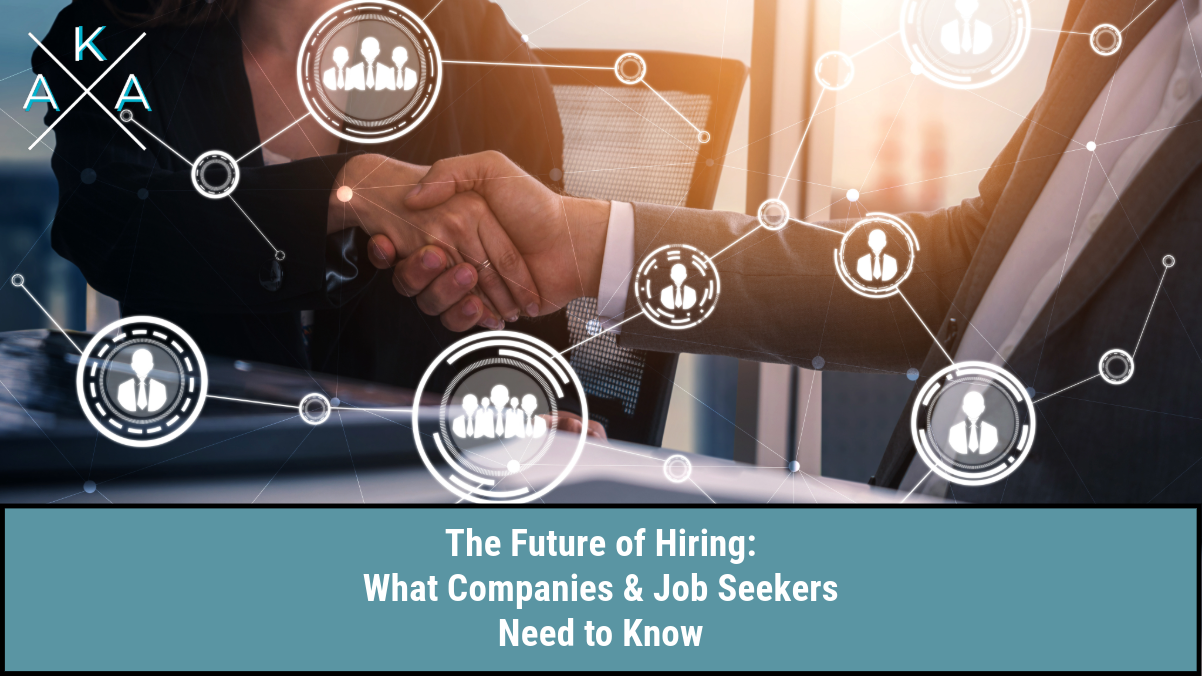Hiring is changing—and fast. Technology, shifting candidate priorities, and evolving workplace expectations are reshaping how employers find talent and how job seekers find the right fit. To stay ahead, both sides need to understand where hiring is heading and what it takes to succeed in a more dynamic, connected, and competitive landscape.
We’re no longer in a one-size-fits-all hiring world. Candidates expect more than just a paycheck—they want purpose, flexibility, and growth. At the same time, companies are rethinking how they assess talent, moving away from traditional benchmarks and embracing modern tools. Adapting to these changes is crucial for long-term career and hiring success.
Skills Over Degrees: The Shift in Hiring Priorities
Companies are shifting their focus from diplomas to demonstrated abilities. As technology advances and industries evolve, companies want candidates who can adapt, problem-solve, and contribute from day one—even if they don’t have a traditional degree. Certifications, project experience, and hands-on knowledge are becoming more valuable than ever. This shift helps companies build teams with relevant, ready-to-use expertise rather than theoretical knowledge alone.
For job seekers, this shift means there are more ways to break into new roles and industries. Upskilling through online courses, bootcamps, and professional development programs can open doors that a four-year degree used to unlock. The future of hiring rewards lifelong learners who stay relevant and proactive. This makes learning a continuous journey, not a one-time milestone.
- Alternative learning accepted: Credentials like certifications and bootcamps are gaining traction.
- Proven skills preferred: Employers focus more on demonstrated ability than academic background.
Remote Work and Flexibility Are Here to Stay
The pandemic accelerated remote work, but flexibility isn’t going away anytime soon. Many companies have adopted hybrid or fully remote models to meet employee expectations and access a wider talent pool. Workplace flexibility is no longer optional—it’s expected. This shift allows businesses to tap into diverse perspectives and talent far beyond their local geography.
Job seekers are prioritizing roles that offer work-life balance, autonomy, and trust. Organizations that resist flexible models risk losing top talent to more forward-thinking competitors. As remote work becomes the norm, clear communication, digital tools, and outcome-based performance tracking will be critical. Companies that invest in remote infrastructure will have a long-term advantage in talent acquisition.
- Work-life balance matters: Flexibility is now a top decision factor for job seekers.
- Wider talent pool: Companies can hire beyond their local market, increasing access to great candidates.
AI and Automation Are Redefining Recruiting
Artificial intelligence is transforming the hiring process from end to end. Tools now help automate resume screening, schedule interviews, and even analyze candidate video responses. This boosts efficiency and helps employers focus on the most promising applicants faster than ever. In addition to speed, AI introduces more data-driven decision-making into hiring.
However, job seekers must be aware of how these tools work. Optimizing resumes with the right keywords and formatting for applicant tracking systems (ATS) can make the difference between being seen or skipped. As automation grows, a tech-savvy approach to job hunting will be essential. Staying informed about how digital tools influence hiring outcomes is crucial for every candidate.
- Faster screening: AI helps employers identify top candidates more efficiently.
- Resume strategy needed: Keyword optimization is crucial to pass ATS filters.
Employer Branding Will Make or Break Your Talent Pipeline
In today’s job market, candidates are evaluating companies just as much as companies are evaluating them. A strong employer brand—one that reflects culture, values, and employee experience—is now essential. People want to work for organizations that align with their beliefs and treat employees well. That’s why showcasing company culture has become a major part of successful recruitment marketing.
For employers, that means being transparent online, encouraging employee reviews, and showing what it’s really like to work there. For job seekers, researching company culture and mission should be part of the application process. Both sides benefit when there’s a clear, authentic connection. In a market driven by choice, brand perception can be the deciding factor for top talent.
- Culture counts: Candidates look for alignment with values, not just compensation.
- Reputation matters: A positive online presence helps attract better-fit applicants.
Conclusion
The future of hiring is already unfolding—and those who adapt early will benefit the most. For companies, that means embracing flexibility, investing in technology, and promoting a clear employer brand. For job seekers, it means focusing on skill development, staying informed, and approaching each opportunity with intention. As expectations on both sides shift, success will come to those who remain agile, authentic, and open to change.
The hiring landscape may look different, but one thing remains the same: the value of finding the right fit.


